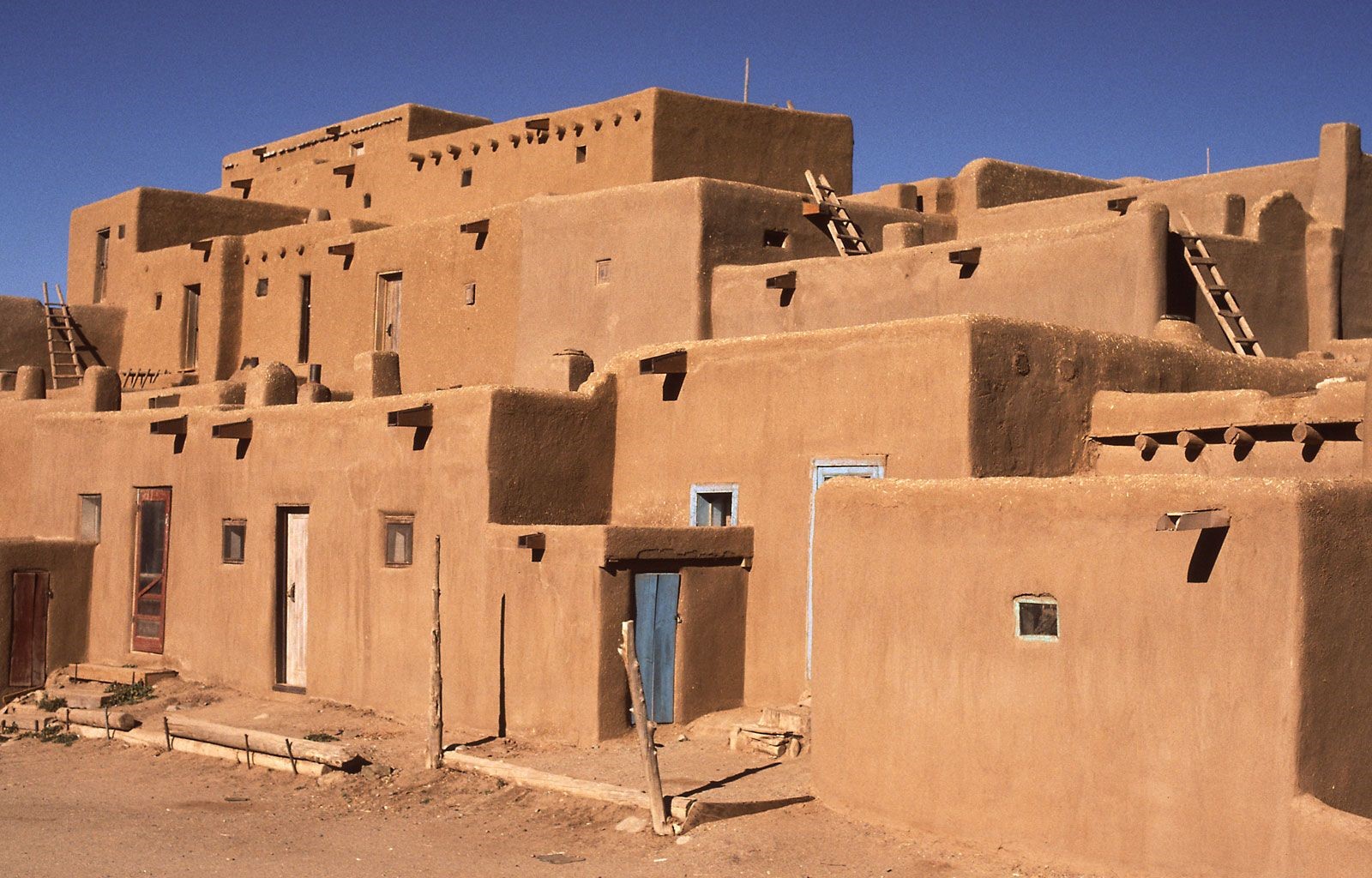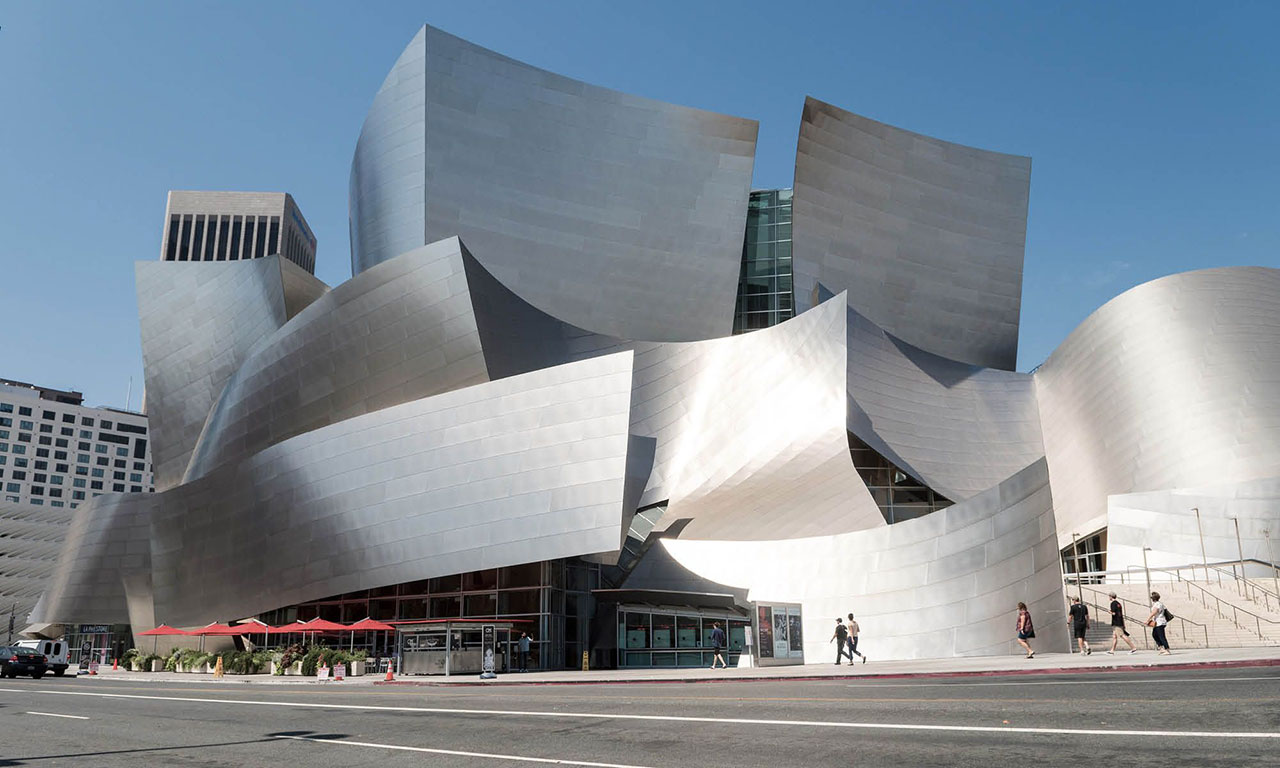The Multifaceted Role of Color in Architecture
Color is an essential aspect of architecture, as it has the power to influence the perception and experience of space. Architects understand that the use of color can create a dynamic interplay between form and function, shaping the way we interact with a building. There are various ways the power of color can be utilized to enhance design in Architecture.
The impact of color on human emotions and behavior is well-documented. Warm colors such as red, orange, and yellow can stimulate the senses and create a sense of energy and excitement. These hues are often used in spaces that require a lively atmosphere, such as restaurants, cafes, and bars. On the other hand, cool colors such as blue, green, and purple can soothe and relax the mind and body, making them ideal for spaces such as bedrooms, spas, and wellness centers.
Color can also be used to establish a hierarchy within a building, guiding users through the space. Architects often employ a color scheme that transitions from light to dark as one moves from public to private areas, creating a sense of progression and importance. For example, the entryway of a building may feature a bright and bold color, while the interior may feature more muted hues, leading to a private office or conference room with a darker, more intimate color.
The use of color in architectural design is not limited to interior spaces. The façade of a building can also benefit from a thoughtful color scheme, establishing the building’s identity and making it stand out from its surroundings. The use of bright colors can draw attention to specific features, such as the entrance or the rooftop, creating a striking visual effect that sets the building apart.
The integration of color with other design elements, such as light and texture, can also create a dynamic sensory experience. The interplay of natural light and color can create stunning effects, enhancing the mood and atmosphere of a space. Textured surfaces, such as exposed brick or wood, can add depth and complexity to a color scheme, creating a tactile experience that engages the senses.
It is important to note that the use of color in architecture should be intentional and well-considered. A haphazard or mismatched color scheme can create a disjointed and chaotic environment, detracting from the building’s overall design. The color scheme should reflect the building’s intended purpose and its intended users, creating a cohesive and inviting atmosphere.
The role of color in architecture is multifaceted and far-reaching. It is a powerful tool in architectural design, capable of shaping the mood, atmosphere, and perception of a space. The use of color should be thoughtful and intentional, reflecting the building’s intended purpose and creating a cohesive and harmonious environment. Architects who understand the power of color can create dynamic and engaging spaces that leave a lasting impression on their users.


